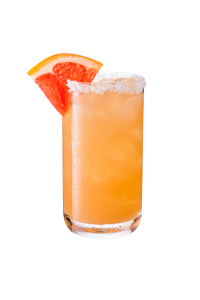Blog | Mexican Wave: Exploring the Hottest Cuisine Below the Border
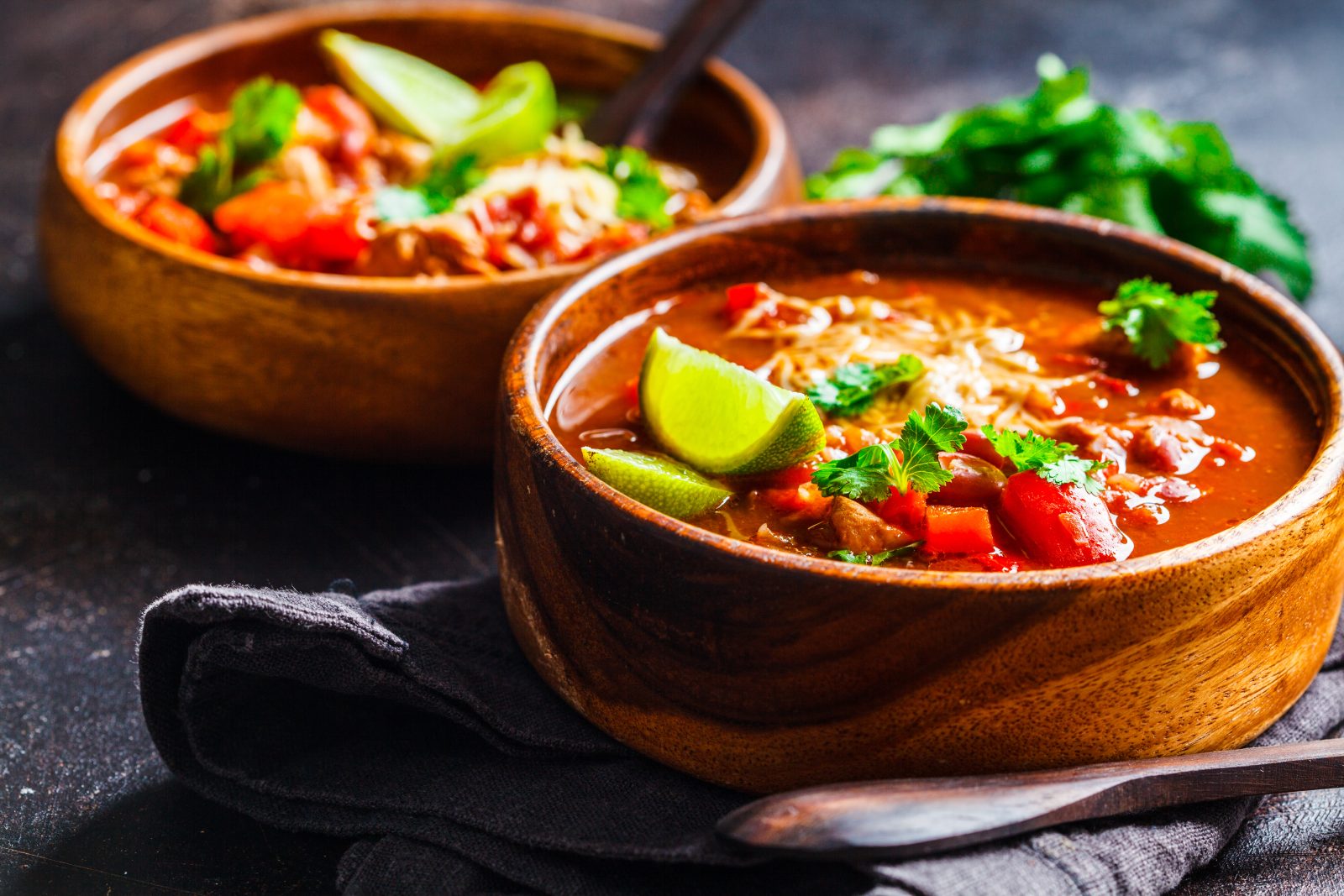

Mexico is world-renowned for its contrasting cuisine, with local and international chefs vying to be the center of attention in the culinary world. With endless flavors, restaurants, trendy cafés, and pop-ups throughout the country, there will never be a shortage of flavorful food to spark your appetite.
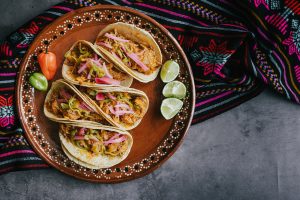 Mexican favorites include mole, a piquant sauce loaded with chilis, black pepper, fruit, nuts and cinnamon, as well as chilaquiles, which is a hearty breakfast dish of lightly fried corn tortilla quarters topped with salsa, eggs, pulled chicken, and refried beans.
Mexican favorites include mole, a piquant sauce loaded with chilis, black pepper, fruit, nuts and cinnamon, as well as chilaquiles, which is a hearty breakfast dish of lightly fried corn tortilla quarters topped with salsa, eggs, pulled chicken, and refried beans.
Tacos al pastor is a historic dish from the Art Deco era, with thin strips of spit-roasted pork on a corn tortilla, served with onion, coriander leaves, and fresh pineapple. Tostadas are another must-try – crispy tortillas with toppings such as frijoles, cheese, meats, seafood, and ceviche.
Mexico’s bright and colorful food makes the most of the garden, farm, or ocean-fresh ingredients available in different parts of the country. Over centuries, the Spanish, Indians, Arabs, and Chinese have played important roles in the evolution of Mexican cuisine, with new ingredients and cooking techniques brought to shore by travelers and traders alike.
Chilis, such as arbol, anchos, guajillos, jalapenos, mulatos, piquin, pasilla, and serranos have made their way into many acclaimed recipes. The Scoville scale is a tool invented by American Pharmacist Wilbur Scoville in 1912 to measure the amount of capsaicin, the chemical compound that causes the spicy heat in chili peppers in heat units known as SHU. Scoville assigned a number rating to each pepper. The higher the number, the feistier the chili, such as pure capsaicin with 16 million SHU. Some of the spiciest chilis include the Carolina Reaper (2.2 million SHU), Trinidad Moruga Scorpion (2 million SHU) and Trinidad Scorpion Butch T (1.46 million SHU).
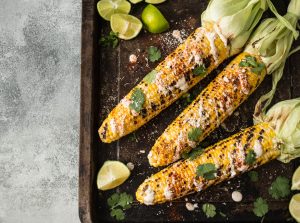
Corn is the most popular grain source in Mexican cuisine. It’s commonly dried and ground to create masa harina, a dough used to make corn tortillas and tamales. Corn is found in many other Mexican dishes, too, including soups, stews, and atole.
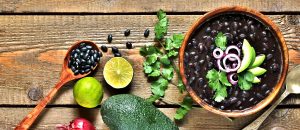 Another staple is beans. From pre-Columbian times, chefs have used black, pinto, golden Peruvian, and flor de junio beans in dishes like chili con carne, frijoles de olla, gorditas, huevos rancheros, and refried beans. Refrito describes well-fried rather than refried beans, popular in Mexican dishes such as fajitas.
Another staple is beans. From pre-Columbian times, chefs have used black, pinto, golden Peruvian, and flor de junio beans in dishes like chili con carne, frijoles de olla, gorditas, huevos rancheros, and refried beans. Refrito describes well-fried rather than refried beans, popular in Mexican dishes such as fajitas.
Dubbed ‘green gold,’ Mexicans have cultivated avocados for well over 5,000 years. In fact, they are synonymous with Mexican cuisine, commonly used in soups, salads, and salsas, as a topping for fajitas and tacos, in desserts and sweets, and exported across the globe by the millions. Avocado leaves can be used to flavor hearty stews or ground into mole and other popular sauces.

Mexican food wouldn’t be what it is without the bright flavors of fresh herbs. Coriander, epazote leaves, and Mexican oregano are often found in an array of delicately prepared dishes. Epazote has a distinctive tart, citrus flavor, with light pine notes, and is found in rustic dishes made with mushrooms or corn. Native Mexican oregano, part of the lemon verbena family, features a delicate, earthy licorice flavor and is used in spicier dishes. Coriander, the firm favorite, is used fresh and added at the end of cooking or in uncooked dishes for a burst of flavor.
You can’t go wrong with coastal fine dining with ocean views and impeccable service. Premier Mexican chefs exceed expectations time and again with a fusion of local flavors and international culinary art for authentic, avant-garde dishes. Many chefs use only hand-selected ingredients that undergo a constant evolution using age-old gourmet techniques, such as Nobu’s signature dish of yellowtail sashimi with thinly sliced jalapeño peppers.
For decades, Mexico has been the world’s largest producer and exporter of key limes. Limes are used in many dishes and refreshing drinks, their floral tartness added to salsas and tacos, soups, salads, desserts, ceviche, margaritas and more. A squeeze of fresh lime complements and enhances flavors in endless dishes.
Mixology rules in Mexico, with top-shelf tequilas and mezcals leading the way in tasty blends that go down perhaps a bit too easily. Mexican wines from Valle de Guadalupe in Baja California Norte share the table with imports from California, France, and beyond. A classic Mexican cocktail is the Paloma. This refreshingly tart, bubbly drink combines tequila with grapefruit and soda, and is best enjoyed in open air with live music and soft breezes.
